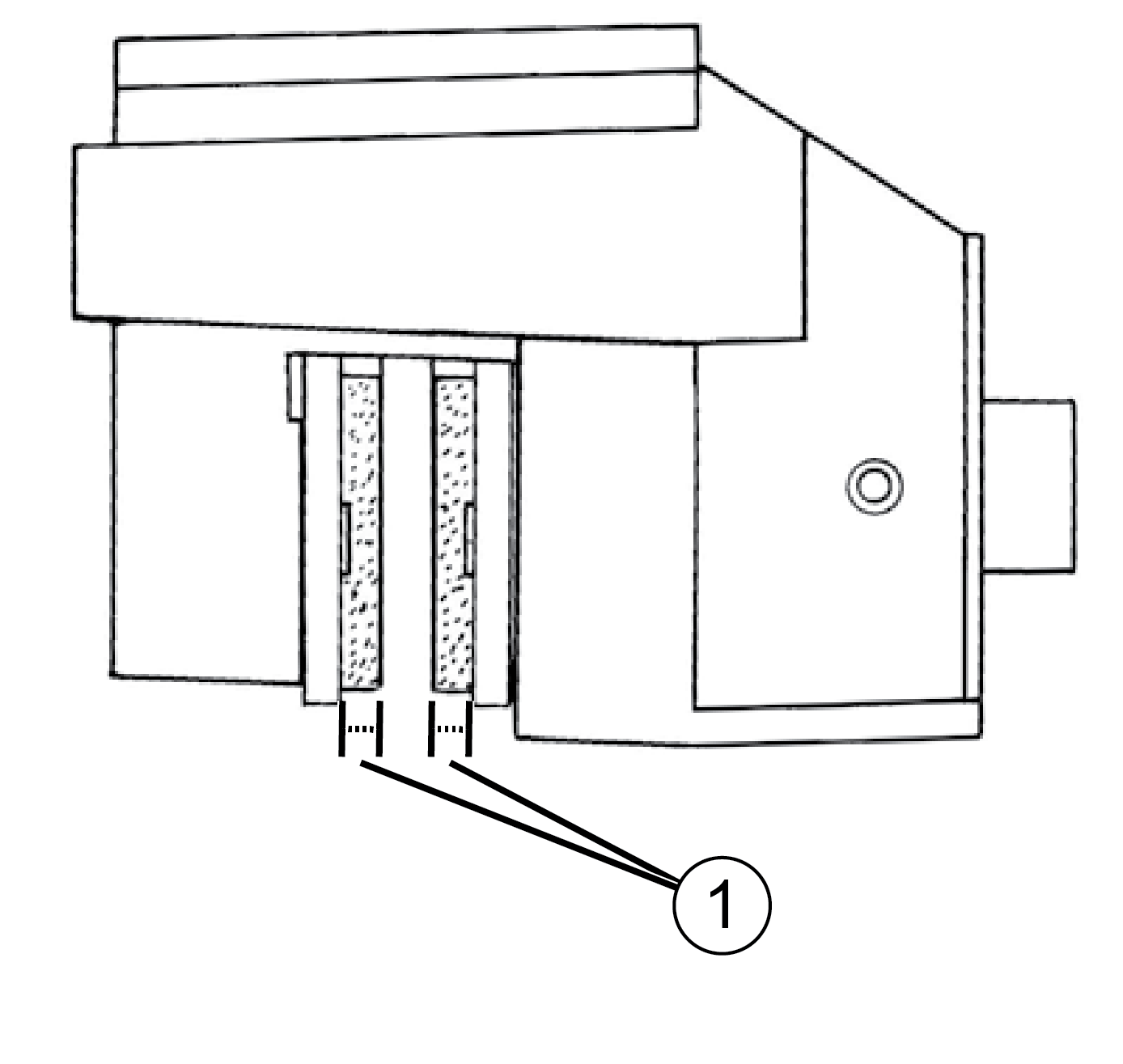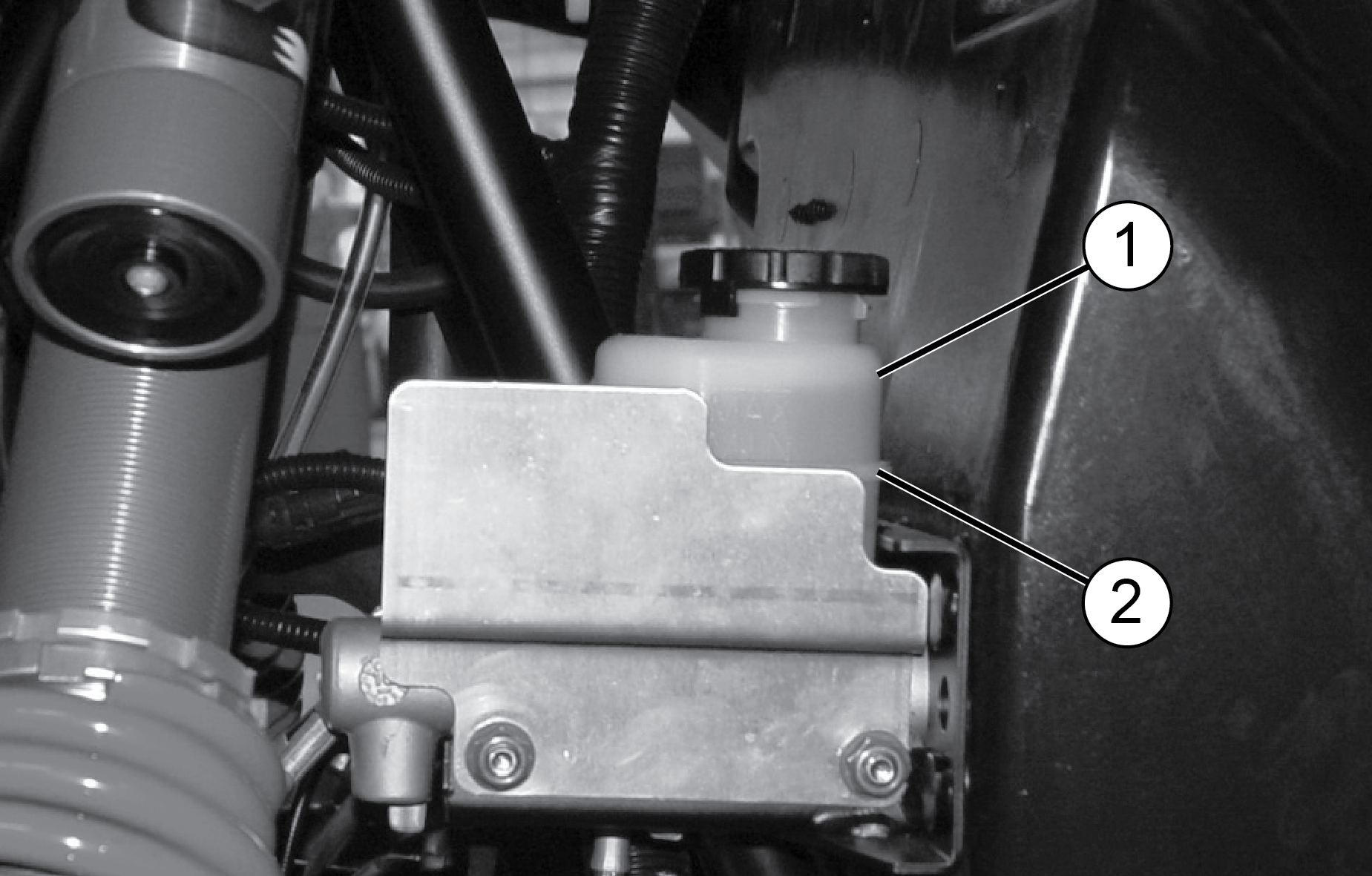
Content Source: 2019 RZR XP 1000 High Lifter / XP 4 1000 High Lifter Owner's Manual (9929659 R01) > Maintenance Chapter
| IMPORTANT |
|
The Owner's Manual for this vehicle contains warnings, instructions and other information you must read and fully understand before safely riding or performing maintenance on this vehicle.Always follow the warnings and instructions in Owner's Manual. Click the CONTENTS link above for the Table Of Contents, or download a full PDF of the Owner Manual in the Owner Support area of Polaris.com |
| Operating the vehicle with a spongy brake pedal can result in loss of braking, which could cause an accident resulting in severe injury or death. Never operate the vehicle with a spongy-feeling brake pedal. |
| Brake discs can become extremely hot after operation. Allow the discs to cool before performing maintenance to prevent risk of burns. |
| Do not apply WD-40 or any petroleum product to brake discs. These types of products are flammable and may also reduce the friction between the brake pad and caliper. |

| After opening a bottle of brake fluid, always discard any unused portion. Never store or use a partial bottle. Brake fluid is hygroscopic, meaning it rapidly absorbs moisture from the air. The moisture causes the boiling temperature of the brake fluid to drop, which can lead to early brake fade and the possibility of accident or severe injury. |
Inspect the level
of the brake fluid before each operation. If the fluid level is low
add DOT 4 brake fluid only. See the
Polaris Products section for the part numbers.
Change the brake fluid every two years and any time
the fluid becomes contaminated, the fluid level is below the minimum,
or if the type and brand of the fluid in the reservoir
are unknown. Access the brake fluid reservoir through the left front
wheel well.

© Copyright Polaris Industries Inc. All rights reserved.